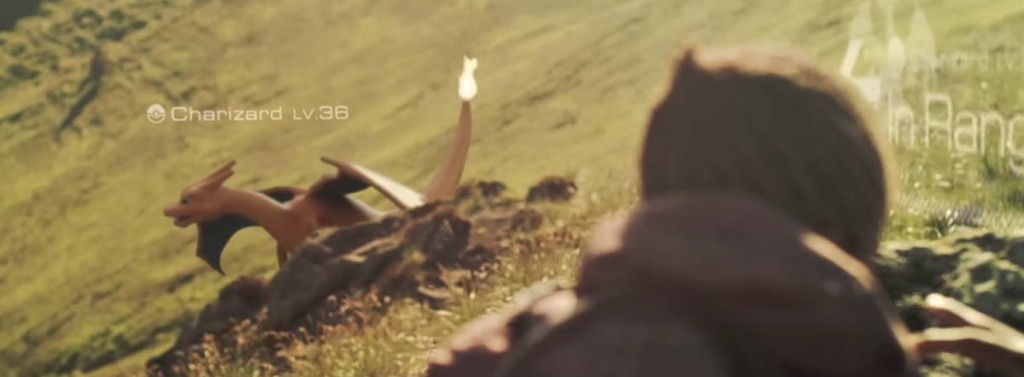
At a press conference in Tokyo on September 10, The Pokémon Company announced that they are currently working on a new addition to the popular series, to be titled Pokémon GO, and which will incorporate the real world into players’ Pokémon experience.
Pokémon GO is set to be released in 2016 for iOS and Android smartphones, and will be free to download (though they will also be offering in-app purchases, of course). It will continue the franchise tradition of attempting to promote the social factor of the game by making different Pokémon available in certain places in the real world. The examples given included the Hokkaido and Kanto regions of Japan, New York, and Paris. Players will need to travel to these real-world locations in order to obtain specific Pokémon, or trade with others who’ve been there.
GO was inspired by Ingress, another smartphone game created by Niantic, Inc., who are working with The Pokémon Company and Nintendo on the project. Ingress is a massively multiplayer mobile AR (augmented reality) game that uses GPS to integrate the real world into a sci-fi mystery story which also includes competition with other players. Similarly, Pokémon GO will allow players to battle other nearby “Pokémon trainers,” as well as trade Pokémon. Game Freak Inc.’s Junichi Masuda, director of the Pokémon series, is also helping out with the project.
Being released alongside the game is the portable Pokémon GO Plus, a small device that can be attached to a bracelet, and uses Bluetooth technology to communicate with your smartphone. This allows some basic gaming aspects to be available even if you don’t have your phone, including catching nearby Pokémon. It will let the player know if any Pokémon appear near their area via vibrations and LEDs. Designed for simplicity, the Plus looks like a teardrop-shaped Pokéball with a single button in the centre. One has to wonder just how super cool your non-gamer friends will think it looks, though …
Some features of the game may not be for everyone, and feelings towards it seem rather mixed. Many fans feel it will be brilliant, and that it’s the right step forward for the franchise to take. Others worry it will be awful— a gimmick which will quickly become annoying or frustrating if certain Pokémon you want are not located anywhere nearby. Similar problems arose with Ingress for people living in more rural areas. But perhaps GO will provide alternative options to help with this, such as the possibility of being able to purchase Pokémon in the app store.
One gamer interviewed on the subject also commented on the problems that may arise if some people potentially develop an unhealthy obsession with the game. He laughingly described a possible scenario where someone may be late for, or even skip, school or work in order to not miss out on a capture opportunity: “Sorry boss, but a Charizard just popped up on Third and Main, and I need to get there before Team Rocket does.”
Also, due in part to the travelling aspect, Pokémon GO seems to be being marketed primarily towards older players, who are quite common now, given that the main generation who grew up playing the original GameBoy games when they came out (Pokémon Red and Pokémon Blue were released in 1996, almost 20 years ago!) are no longer kids — the demographic that has always generally been targeted. But why not? For new and seasoned gamers alike, you can never be too old to wanna’ catch ‘em all.


